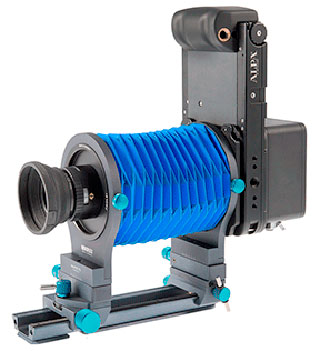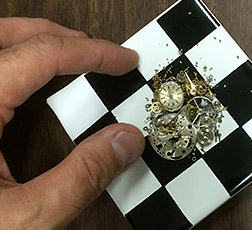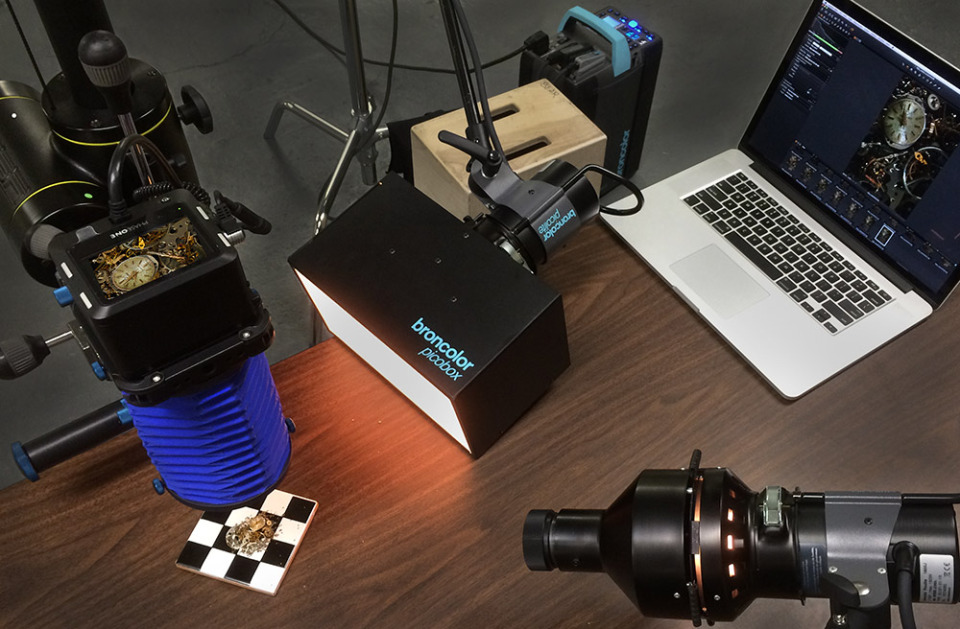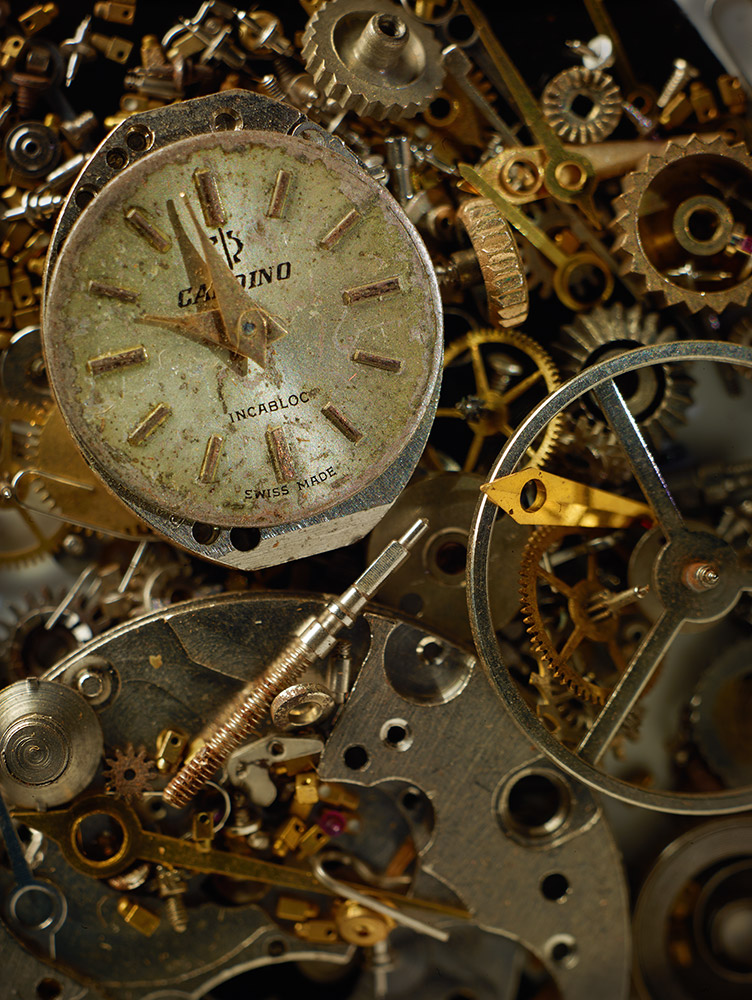Introduction
I have been a long time admirer and user of Swiss made, medium-format technical cameras.
Alpa offers an elaborate system including multiple camera bodies, lens adapters, shutter systems and matched helical focus mounts for a wide range of both Rodenstock and Schneider optics, and even adapters for many current as well as legacy camera lenses.
When Alpa sent their new Bellows Integration System for our review I looked forward to taking a close look at this new addition to their ever-expanding system.
The Bellows Integration System from Alpa includes the high quality Novoflex medium-format professional grade bellows (standard and tilt/swing versions). Alpa’s new interface adapters allow the bellows to connect to all of the existing Alpa cameras, including their most sophisticated focal plane shutter camera, the FPS.

ALPA FPS with bellows system and PhaseOne back
The system we received for evaluation, included a wonderful 120mm Apo-Rodagon-D lens in barrel mount. I have used this repro lens numerous times before and have great respect for its performance.
The ALPA FPS would be a logical solution to use with the bellows and this 120mm lens for extremely high-quality macro photography. However, I happened to have a number of lenses that I purchased many years ago from Bogen Photo. When they stopped offering their Bogen Photo Enlargers (I have fond memories of these enlargers since the Bogen T-35 was my first real enlarger), Bogen cleared out their inventory of the Voss 75mm enlarging lenses for $4.00 each! I have been waiting for an opportunity to use this lens and enjoy its optical characteristics.
The Novoflex Bellows integration with the ALPA camera system became my ideal opportunity to finally try out this lens in a high magnification application. After deciding to work with my Voss enlarging lens I needed to select a subject to photograph. My eyes came across a small packet sitting next to my desk, which I had purchased from an art supply store in San Francisco for exactly such a purpose. This little packet that I bought for $4.50, contained watch parts from dismantled watches as a novelty item. I had always thought that these small parts would be interesting to photograph at high magnification. I also thought that the extremely low cost lens, might offer some beautiful flare and other optical aberrations that may produce a pleasant look.

Original subject setup.
Once the optics and the subject were chosen I needed to decide which Alpa camera body to use with the Bellows. The most logical solution would be the Alpa FPS. This camera would provide the shutter and the digital back communication that my PhaseOne back expects to see. However, it did not seem right to be using a $4 lens with an $8,000+ camera/shutter. And in keeping with my theme of a maintaining an extremely basic system, I decided that I would use strobe lights (Broncolor Picolight) and completely eliminate the shutter.
So my configuration was determined: An Alpa TC basic body, the Bellows to control the magnification and focal plane, and my enlarging lens. To operate the PhaseOne IQ digital back, a simple push-button wake up would be used. I was now ready to begin photographing my subject.

The camera and lighting setup.
When producing higher magnification photographs, the workflow typically starts by determining the desired magnification. This is directly linked to the focal length of the lens and the distance from the lens to the image plane of the sensor. The combination of the Alpa TC camera body and the Bellows provided a distance of approximately 200mm between the lens and the sensor plane. I determined that I was photographing at approximately 1.6x magnification (200 mm. minus the 75 mm focal length of the lens, divided by the 75 mm. focal length of the lens). In other words, the image on the sensor was 1.6 times larger than the real life object being photographed.
When shooting macro, focus is usually accomplished by moving either the subject or the camera. This maintains the magnification that was determined by the combination of the selected bellows extension and the focal length of the lens. I chose to move the camera instead of the subject by utilizing one of Novoflex’s focusing racks. They manufacture several high precision focusing racks that are also excellent tools for creating focus-stacks. An optional fine adjustment handle is available to provide increased control and leverage. I found this extremely useful and I would highly recommend its use.
With magnifications of half life size (expressed as 1:2) or greater, the bellows draw reduces the amount of light that reaches the image plane significantly. An additional one stop of exposure is required at 1:2, two stops at 1:1. In my case I determined that I needed 2.6 stops of increased exposure to compensate for the bellows extension.
Lenses designed for enlargers, are wonderful for macro and repro photography. The available focal lengths offer a wide variety of magnification possibilities with most bellows system. The flat filed optical design produces corner to center sharpness with minimal distortion. In most instances they can easily be mounted in reverse orientation to maintain top image quality when used beyond 1:1 magnifications.
Since I planned to work without adding the complexity of a mechanical shutter and only use a wake-up cable, I simply pressed the wake up button once quickly and then pressed it again and held it down. This prepared the Phase One back for an exposure, and the back continued the exposure for as long as I held the button down. I triggered the flash manually while continuing to hold the button down.
The studio lights and the flash’s modeling lamps were turned off. The flash button on the Broncolor flash generator was pressed to fire the strobe. I had determined that the flash would not be powerful enough to produce a good exposure in a single pop so to increase the exposure another stop I simply pressed the flash button twice which produced two flashes and doubled the exposure. The wake up button was then released and the picture was quickly saved to the computer where I could evaluate the image.
The Alpa camera interfaces will work with both the basic Novoflex Bellows (BALPRO) and also the more advanced version with Tilt and Shift features (BAPRO T/S). The tilt and shift provide fine focal plane adjustments for perspective as well as depth of field (Scheimpflug) corrections. In my test photograph, I wanted to change the focus plane from the flat watch face to a more angled plane in order to allow some of the watch components to also be sharp and let other components drift off with less detail. The bellows performed perfectly, with smooth adjustments and positive locks.
Tilting the lens adjusted the focus plane on the subject but once this was done I also wanted to make a subtle composition change. With such a small subject, moving either the camera position or the subject would also change the very subtle lighting that had been set up for this photograph. The Novoflex bellows assisted here as well. I did not want to change the position of the lens in relationship to the subject yet I wanted to change the composition slightly. A shift feature is available on both the front and the rear standards of the bellows. A rear shift provided the small adjustment needed for the composition without moving the lens. The versatility of the system allowed me to accomplish my goal very rapidly. The final image is shown at the top of this article.
ALPA offers adapters for just about any combination of their Alpa configured lenses as well as their various camera bodies. Novoflex produces a vast variety of other adapters for just about any combination of lenses and cameras including a wide range of adapters for conventional enlarging lenses, copal 0 shutter mounted lenses, and even microscope objectives. The Alpa Bellows Integration offers digital back users even more flexibility than before, and should be considered by existing Alpa camera owners as well as photographers who want to explore new capabilities.
An interesting introductory system could be put together as simply as starting with an Alpa Back Adapter, Alpa/Novoflex FPS adapter, BALPRO T/S bellows, Novoflex PROCOPAL 0 recessed lens board and a normal focal length lens to produce an extremely portable view camera.






Your Thoughts